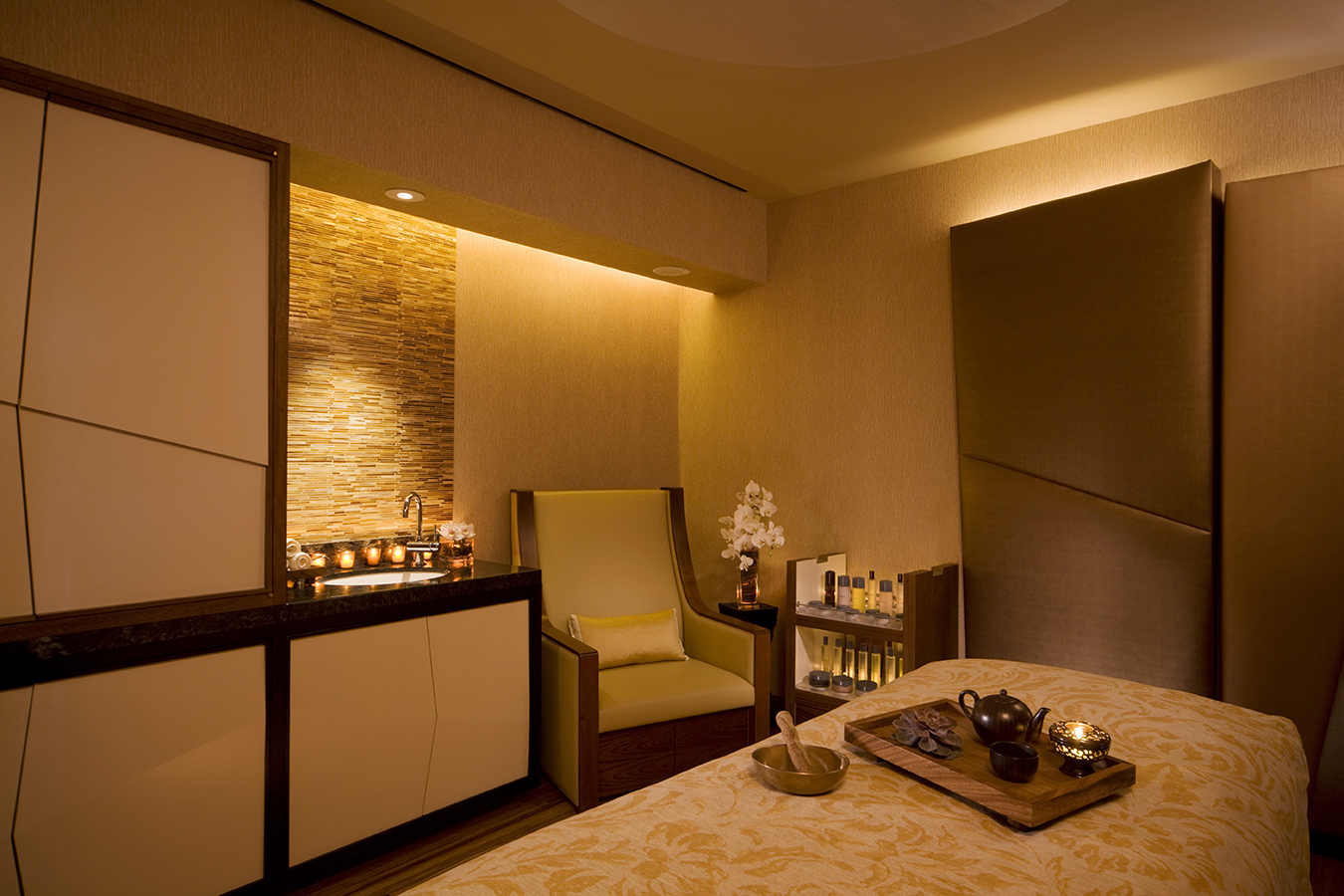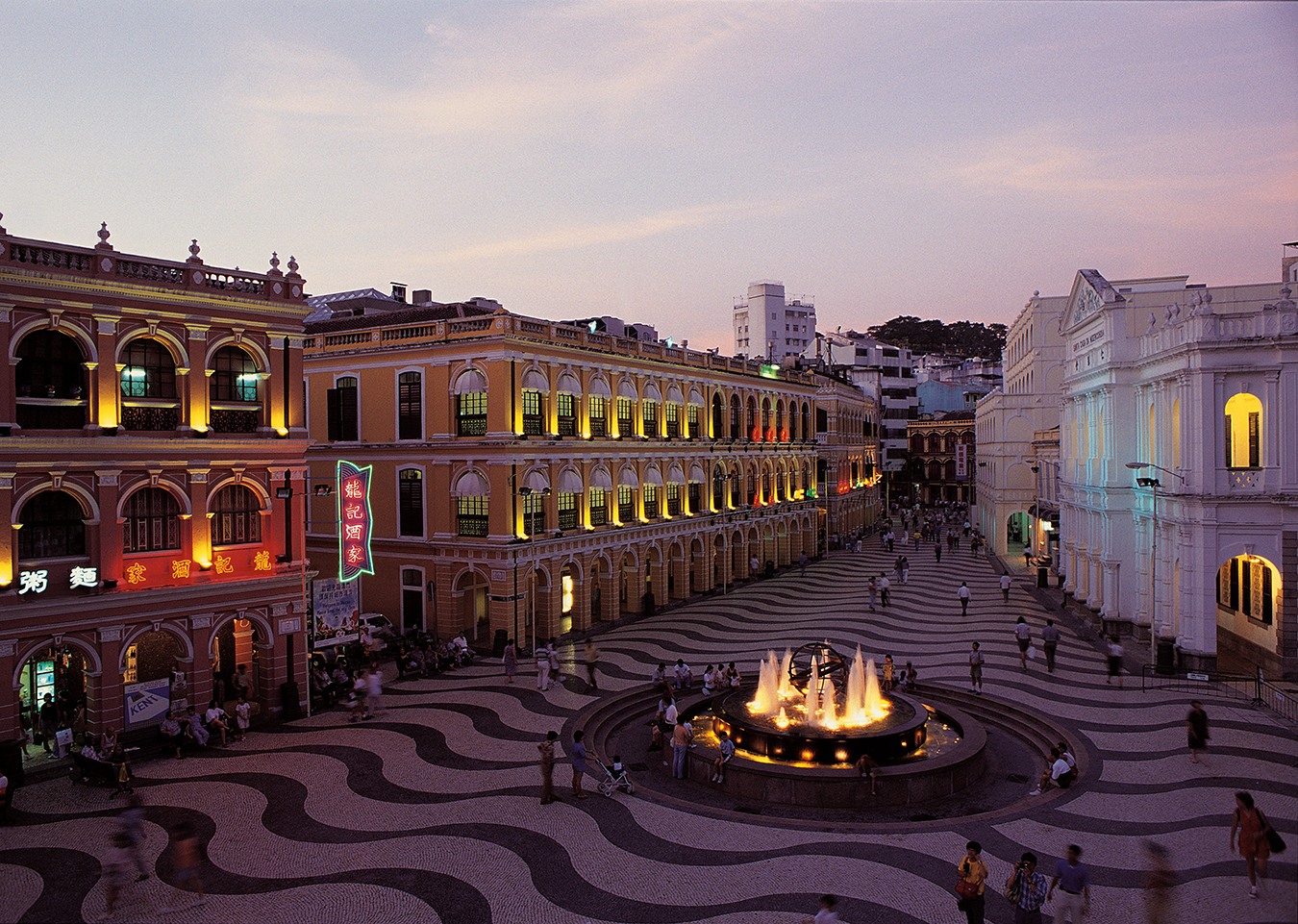In the Athens of the Andes, Discover Time-Honoured Art and Tradition
Touching down in the city of Cuenca, Ecuador.
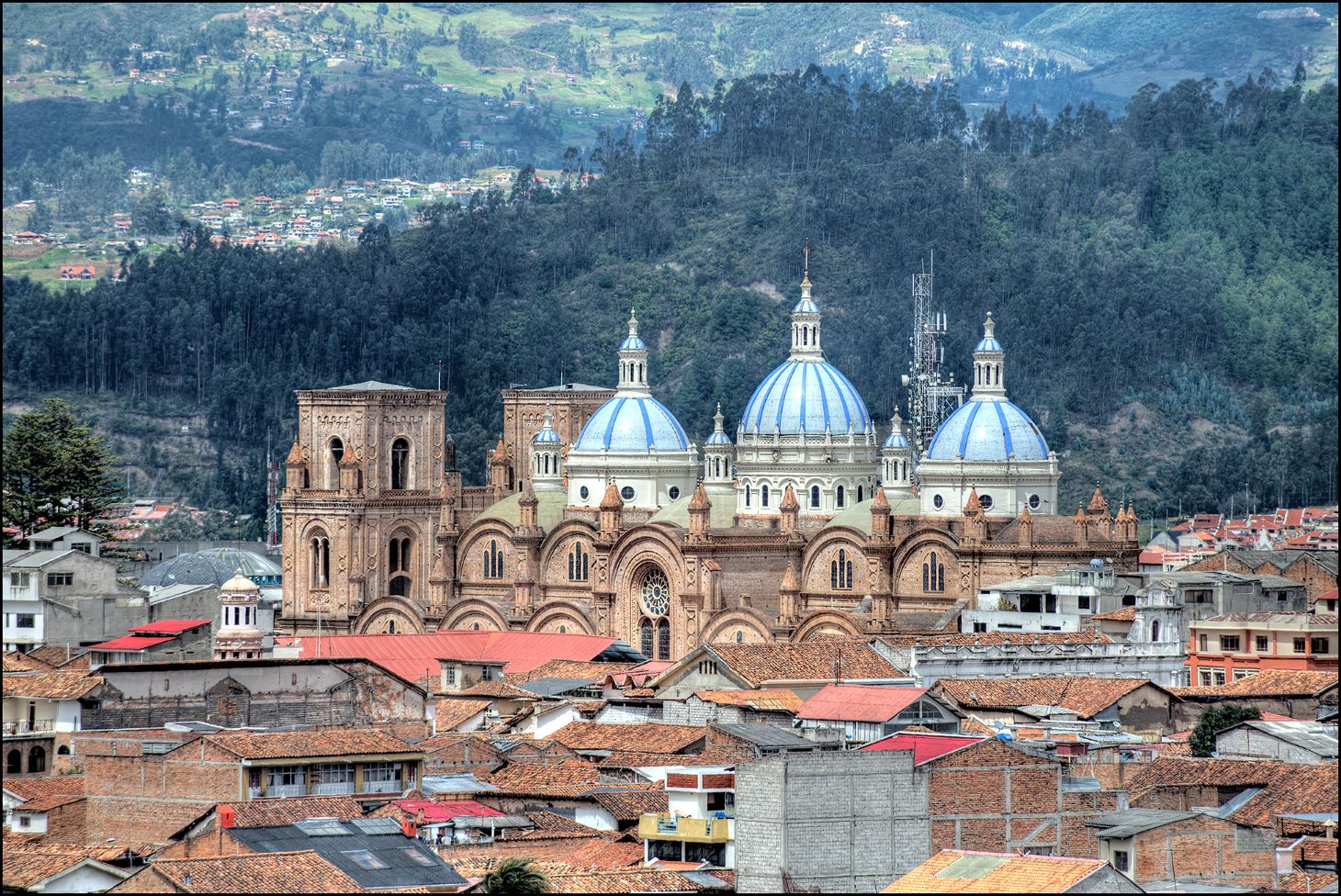
Every fizzy, lip-puckering sip of the guajango, a fermented agave juice, is as bright as the surrounding lime green hills. Travellers can enjoy a cup of the traditional high-altitude drink overlooking the agave-studded valley of Saraguro in Ecuador’s southern Loja province. A new bed and breakfast here, Taski Wasi, offers tastings to guests and Saraguro day trippers, including those here on one of Metropolitan Touring’s new tours based in Cuenca, the cultural capital of Ecuador, a two-hour drive away.
Growth in small restaurants and hotels in Saraguro in recent years is partly thanks to travel companies such as Metropolitan Touring putting the less-visited region on people’s radar. They’ve also partnered with Saraguro Rikuy, a nonprofit tourism network connecting travellers with the Indigenous Saraguro people’s ancestral traditions, culture, and rural way of life on walking tours led by local guides.
Around the town centre, refined restaurants such as ShamuiCo, helmed by chef Samuel Ortega, are revitalizing Indigenous cuisine. Trees throw marbled sunlight and shadow over al fresco lunches that include a modern take on locro de papa, a traditional Andean potato and cheese soup, made with local produce. “The people here traditionally grew crops for themselves, but restaurants are incentive for them to sell produce, which is bringing more income into the community,” says Metropolitan Touring guide Silvia Sgariboldi, a Cuenca local.
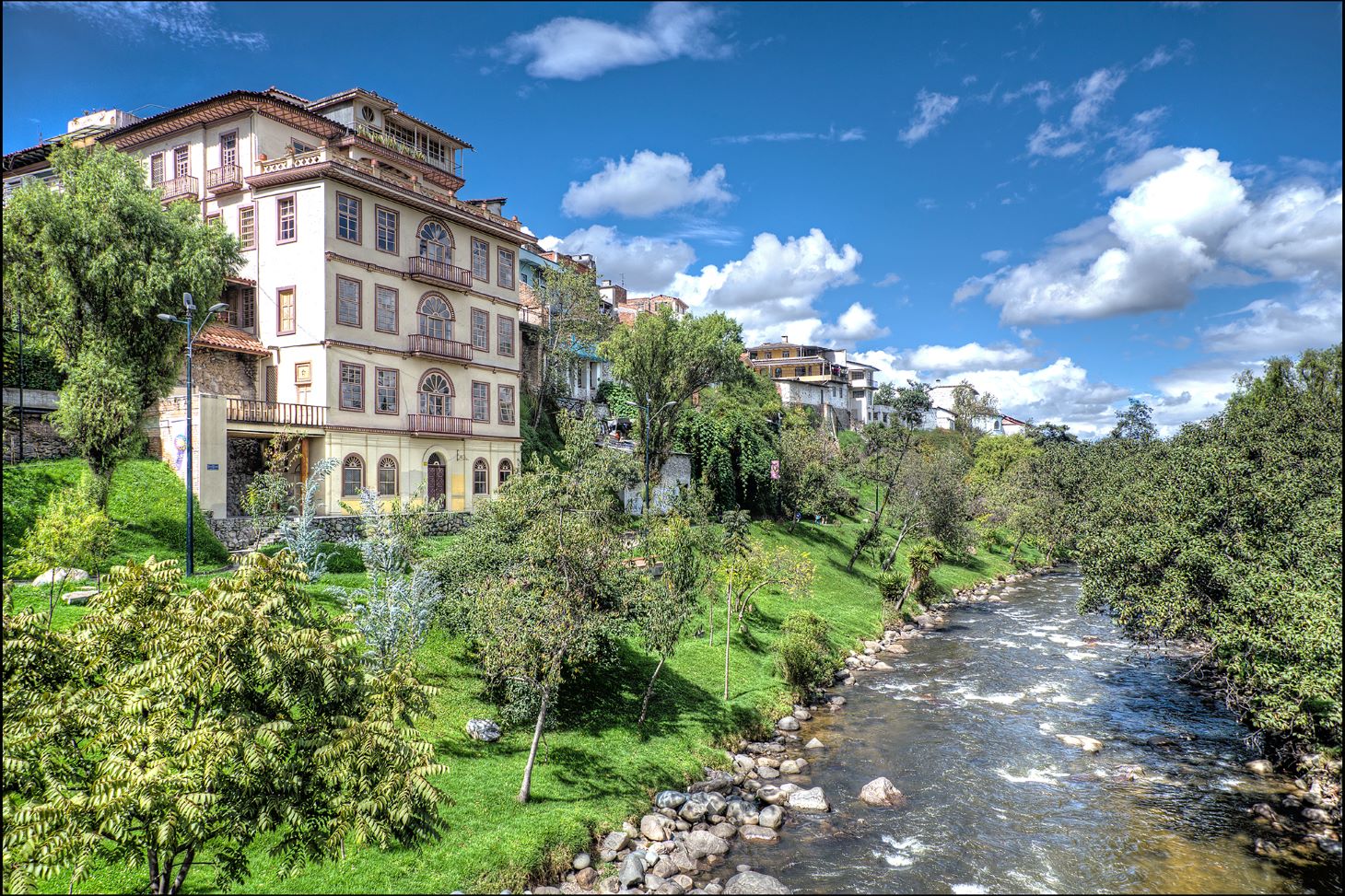
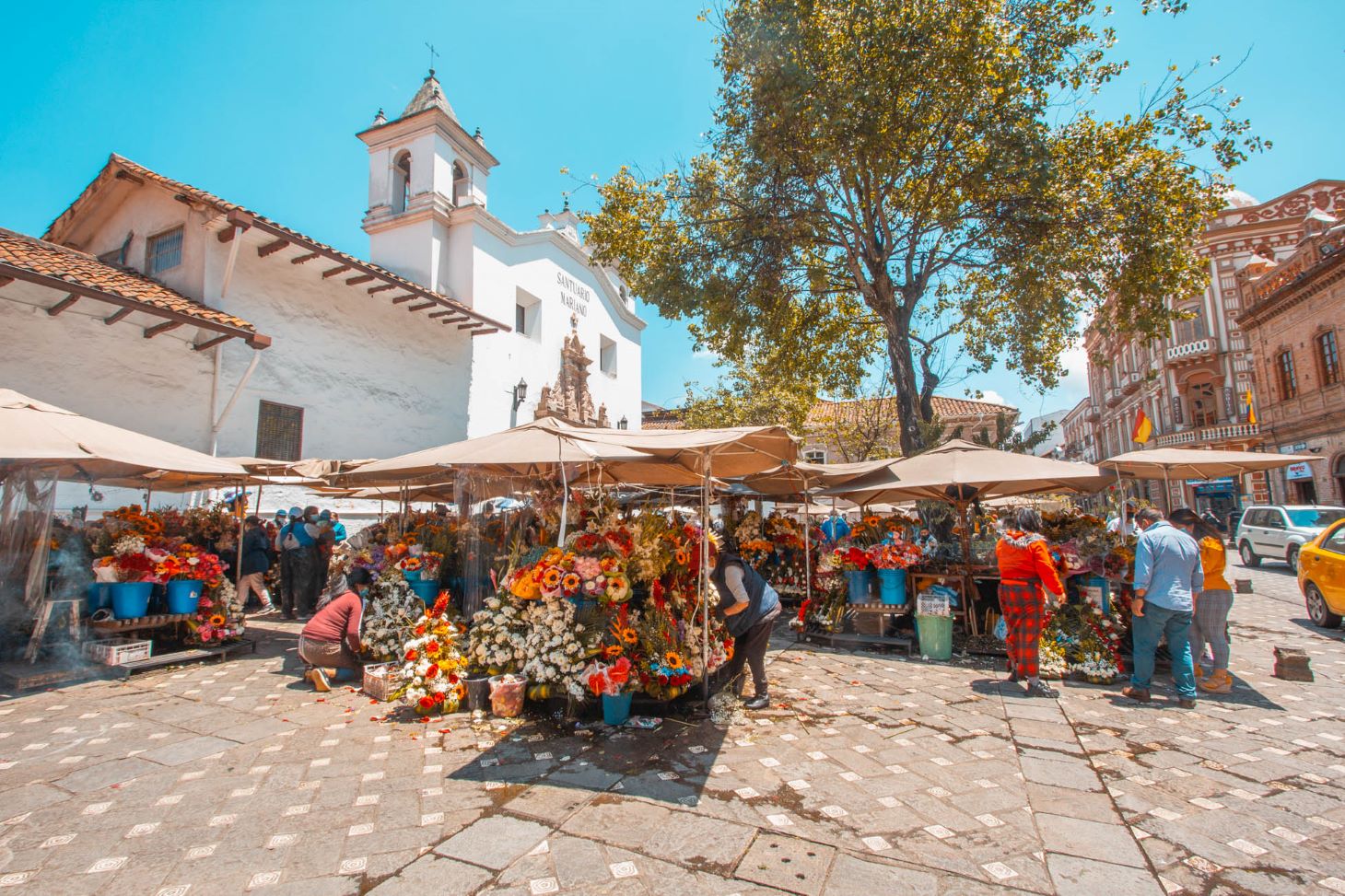
While most visitors to Ecuador flock to the Galapagos or the trekking mecca of Cotopaxi, the city of Cuenca and surrounding region is comparatively unknown. The destination is rich in art and culture thanks to its Spanish, Incan, Indigenous Cañari, and mestizo (people of European and Indigenous descent) heritage, earning it the moniker the Athens of the Andes. The city’s remote location in the south of the country and a lack of major highway access until the 1960s also left Cuenca isolated, unlike the capital, Quito, and the trading port of Guayaquil, making it a stronghold of Ecuadorian tradition.
Back in the city, Hotel Cruz del Vado is a colonial house turned art-filled boutique property with a salmon-pink travertine façade and stained-glass windows. The hotel is located in one of the city’s oldest neighbourhoods, which was home to a bohemian district in the mid-20th century. The streets are still peppered with art galleries, artisan shops, and bakeries and confectionaries with heaping displays of glazed, rainbow-coloured treats that spill out onto the sidewalk.
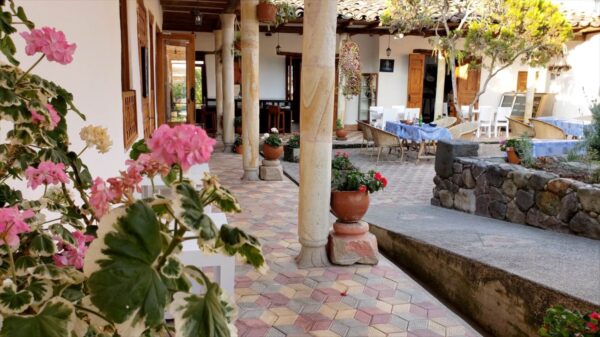
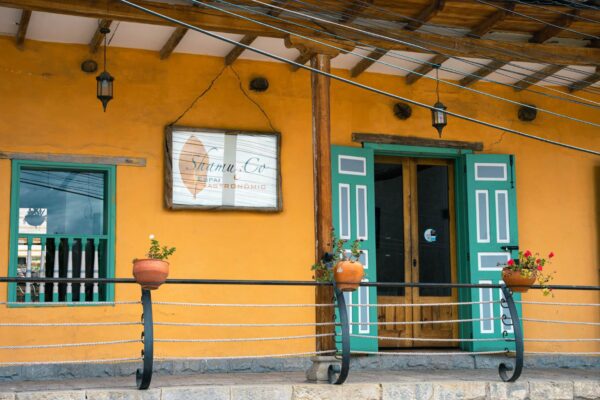
“The Cuencanas have always been an artistic people,” says Maria Cecilia Alzamora, vice-president of innovation and branding at Metropolitan Touring, who helped design the new Cuenca tours. “They love beauty in everything they do, and they really live their traditions every day.” Cuenca’s diverse cultural heritage shapes modern life here much like the four rivers that braid through the city, fed by mountain lakes in Cajas National Park. The Tomebamba tumbles down the edge of the historic centre the way its name rolls off the tongue, separating the UNESCO-designated, 16th-century Spanish colonial Old Town from the modern city on the other side. With no must-see sights beyond the Spanish Old Cathedral and the neo-Gothic Cathedral of the Immaculate Conception, or New Cathedral, there’s joy in simply walking the city here.
Led by Sgariboldi, the tour weaves through a heady, technicolour open-air flower market, Plaza de las Flores, where cholas—mestizo women who have upheld the traditional Cañari dress and lifestyle—walk amongst the blooms in their equally bright traditional pollera skirts. A hole-in-the-wall at El Carmen de la Asuncion convent just behind the market proffers agua de pitimas, a centuries-old aromatic herbal tea recipe prepared by the cloistered nuns. At La María, a modern eatery dedicated to celebrating women’s ancestral recipes, travellers can devour a lunch of buttery white fish and corviche (deep-fried plantain stuffed with a savoury tuna and peanut mixture). In the lilac dusk, staircases lead up to rooftop bars with views of the New Cathedral’s three celestial-blue domes.
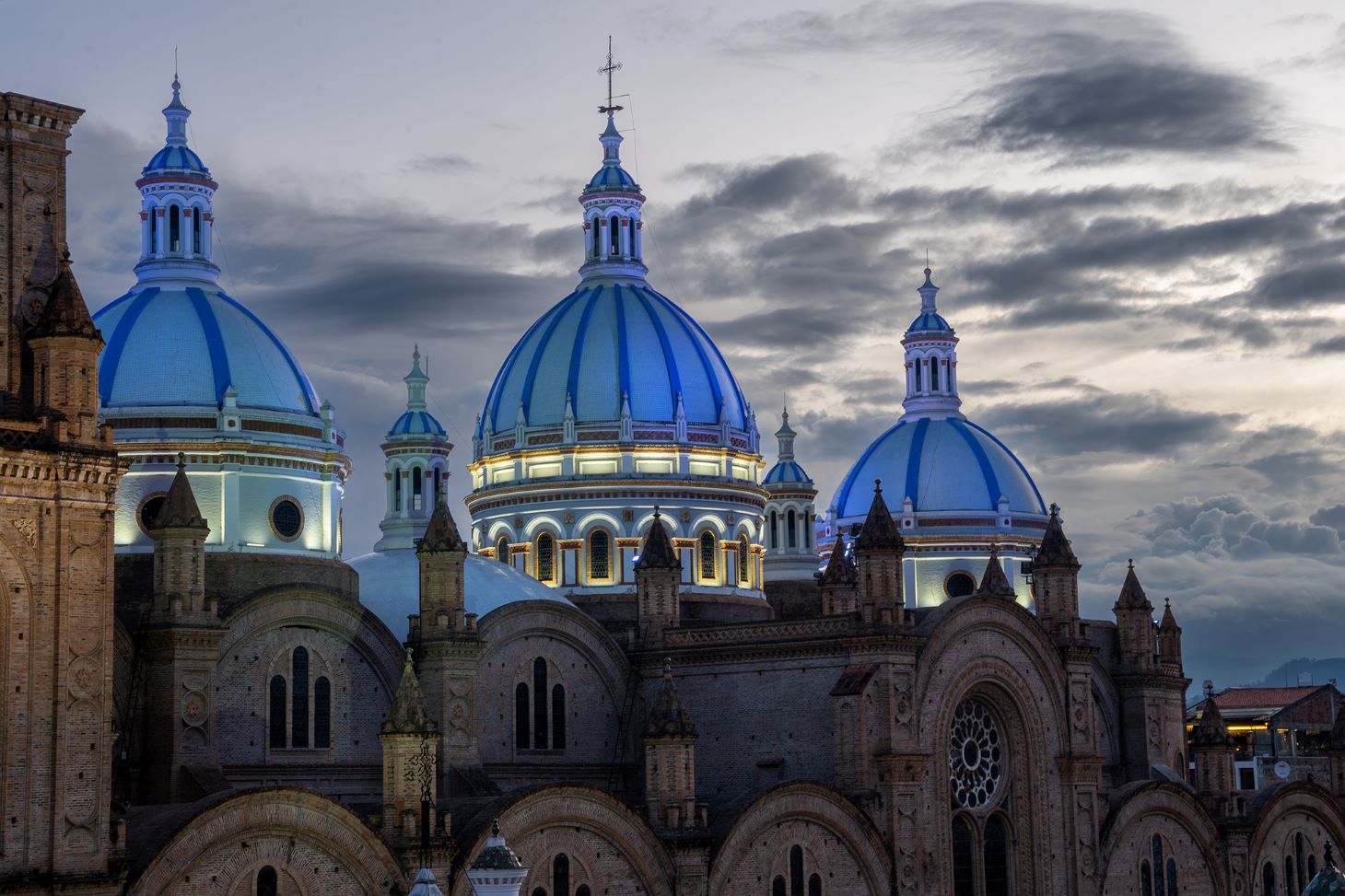
The clay-rich Southern Andes that cradle the city nurtured a renowned ceramics industry, and one evening, travellers visit the home and studio of the celebrated ceramicist Eduardo Vega. On another night, it’s a private after-hours tour at the fifth-generation Homero Ortega hat factory. Despite the misleading name, the Panama hat originated in Ecuador. Using the straw of the toquilla palm that grows along the coast, the weaving tradition is part of UNESCO’s Intangible Cultural Heritage list.
When so much of travel seems to have become performative, centred around checking off lists and snapping selfies for bragging rights, slowly discovering everyday life in Cuenca through its artists and cultural torch bearers feels heartening. On the first day of the journey in Saraguro, as the molten setting sun bled into the horizon, sacred smoke rose in a traditional cleansing ceremony called a limpia, led by Luis Lozano, the local yachak, or shaman. On a quiet hilltop, Lozano murmured lyrical blessings, as his people have done for centuries.
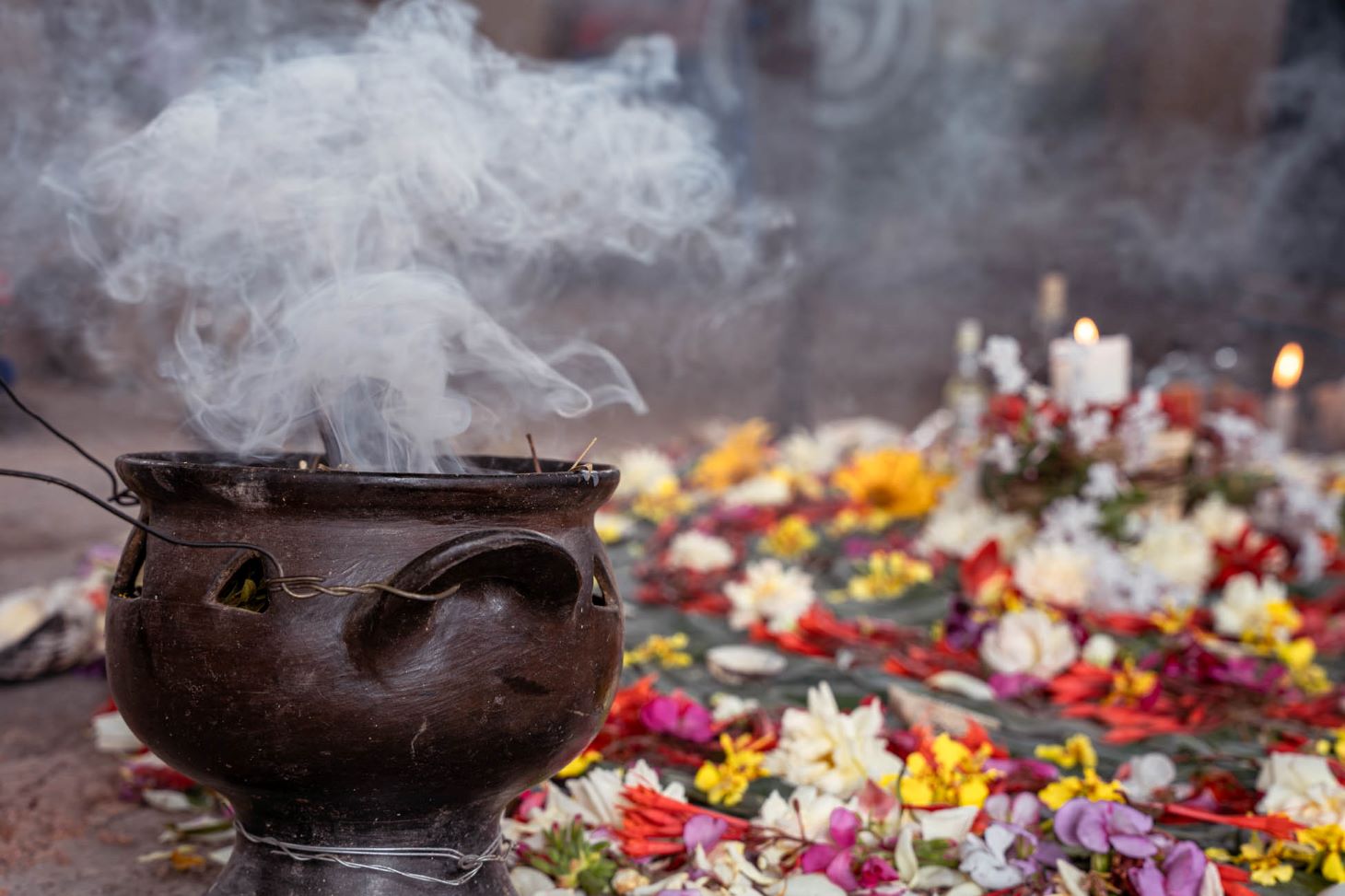
Photographs courtesy of Metropolitan Touring.



